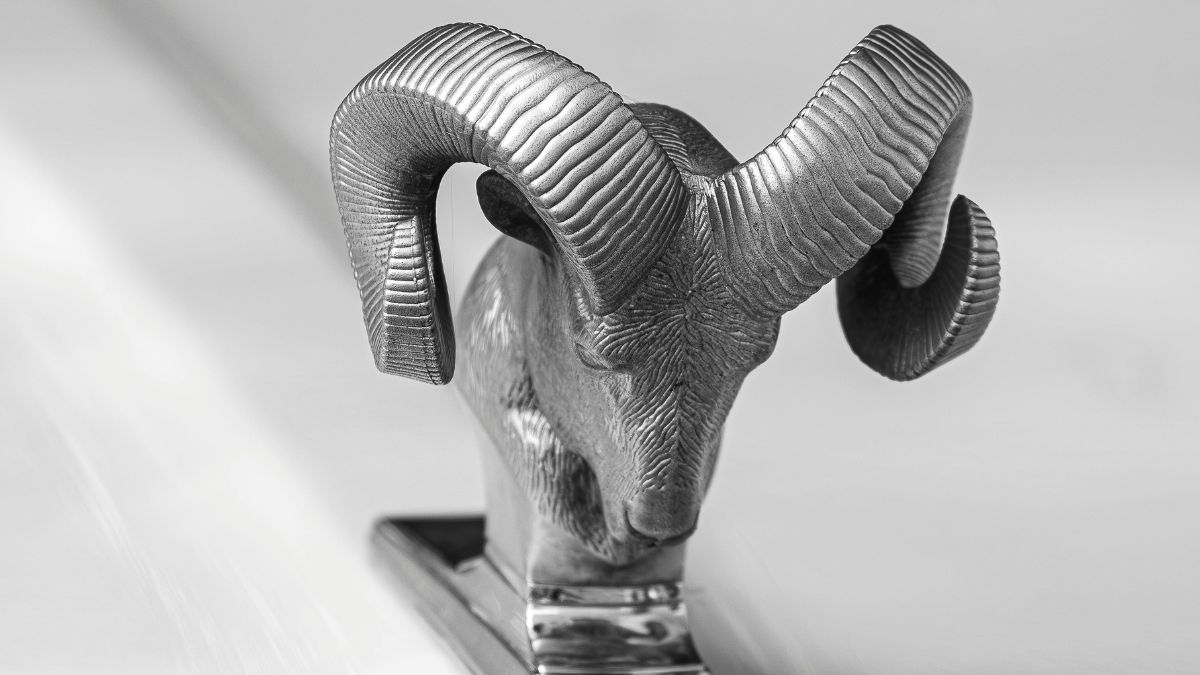Introduction to the Moon Bunny
Have you ever gazed up at the moon and wondered what secrets it holds? Among its countless craters and shadows, a curious figure captures the imagination—an enchanting creature known as the Moon Bunny. This whimsical being has hopped through folklore across various cultures, leaving behind stories rich in symbolism and magic. From ancient legends to modern tales, the Moon Bunny invites us to explore themes of love, sacrifice, and companionship. Join us on a journey through time as we unravel the myths surrounding this fascinating character that dances between night skies and cultural significance around the world.
Origin and Cultural Significance of the Moon Bunny
The Moon Bunny’s roots can be traced back thousands of years, intertwining with various cultures around the globe. This enchanting figure often symbolizes abundance and fertility. Many societies view it as a benevolent creature, embodying harvest cycles and seasonal changes.
In East Asian traditions, the Moon Bunny is closely linked to lunar deities. It plays a crucial role in festivals celebrating the moon’s beauty and bounty. The full moon signifies unity and harmony, making the bunny a cherished symbol during gatherings.
Beyond Asia, indigenous cultures also embrace similar hare-themed legends. These stories reflect humanity’s deep connection with nature and celestial bodies.
The Moon Bunny transcends mere folklore; it represents hope and dreams across generations. Its presence invites contemplation of our place in the universe while fostering community through shared tales that resonate universally.
The Moon Bunny in Chinese Mythology
In Chinese mythology, the Moon Bunny, or “Yue Tu,” is a captivating figure. It is said to reside on the moon, constantly busy making elixirs of immortality. This enchanting creature represents purity and selflessness.
The legend often centers around Chang’e, the Moon Goddess. After consuming an elixir that granted her eternal life, she fled to the moon. The loyal Moon Bunny accompanied her there. Together they symbolize love and sacrifice in Chinese culture.
Festivals like the Mid-Autumn Festival celebrate this myth with lanterns and mooncakes adorned with images of the bunny. Families gather under the full moon to share stories about its magical presence.
Artworks frequently depict this celestial being in serene landscapes bathed in moonlight, enhancing its ethereal allure. The Moon Bunny continues to inspire generations as a symbol of hope and dreams among cultures worldwide.
The Moon Rabbit in Japanese Folklore
In Japanese folklore, the Moon Rabbit, or “Tsuki no Usagi,” captures imaginations with its enchanting story. This adorable creature is often depicted as a gentle being residing on the moon.
Legend has it that a deity once disguised itself as an old man and tested three animals: a fox, a monkey, and a rabbit. When the rabbit realized it had nothing to offer, it selflessly jumped into the fire to provide sustenance for the stranger. Touched by this act of kindness, the deity spared its life and immortalized it on the moon.
The Moon Rabbit is frequently illustrated pounding rice cakes (mochi), symbolizing prosperity and harvest abundance. Festivals like Tsukimi celebrate this charming tradition under full moons.
This mythical figure resonates deeply within Japanese culture. Its story emphasizes themes of compassion and sacrifice while inviting all to gaze up at the night sky with wonderment.
The Moon Hare in Native American Legends
In Native American legends, the Moon Hare holds a special place in cultural storytelling. Various tribes depict this mystical creature differently, often emphasizing its connection to nature and the cosmos.
The hare is seen as a trickster figure in many tales. It embodies cleverness and agility, navigating challenges with wit. This reflects a broader theme in indigenous mythology where animals teach important life lessons.
In some stories, the hare is associated with creation. Its footprints on the moon symbolize growth and transformation. The lunar landscape becomes a canvas for these rich narratives.
Different tribes have unique interpretations of this celestial being. Yet, all share an appreciation for its role as both guide and guardian under the night sky.
Through rituals and art, the Moon Hare continues to inspire awe among communities today. Its legacy endures as part of their vibrant cultural tapestry.
Similarities and Differences Across Cultures
Across cultures, the Moon Bunny often symbolizes fertility, prosperity, and companionship. This shared reverence highlights its importance in various societies.
In Chinese folklore, the Moon Bunny is primarily depicted as a diligent figure crafting elixirs of immortality. Conversely, Japanese narratives celebrate it as a playful character that enjoys making rice cakes.
Native American tales introduce another layer by illustrating the moon hare’s connection with nature and seasonal changes. Here, it embodies wisdom rather than simply serving lunar duties.
Visual representations also vary significantly. While East Asian depictions often show a gentle bunny gazing down from the moon’s surface, Native American artwork might illustrate more abstract interpretations tied to earth-bound elements.
These nuances reflect not just cultural values but also distinct storytelling traditions embedded within each society’s relationship with the night sky. The Moon Bunny remains an intriguing subject for further exploration across different mythologies worldwide.
Modern Interpretations and Pop Culture References
The Moon Bunny has hopped into contemporary culture, captivating audiences in various forms. From animated films to graphic novels, this mythical creature continues to enchant both children and adults alike.
In popular media, the Moon Bunny often symbolizes hope and dreams. It serves as a reminder of the magic that exists beyond our everyday lives. In shows like “Sailor Moon,” references to the lunar hare weave an enchanting connection between fantasy and folklore.
Video games have also embraced this character, with titles featuring quests involving moonlit landscapes where players encounter their own versions of the whimsical bunny. Merchandise inspired by these interpretations pops up everywhere—from plush toys to art prints—making it impossible to ignore its influence.
As social media shares stories and artwork about the Moon Bunny, new generations discover its charm. The legend evolves while still holding onto its rich heritage across cultures.
Conclusion: The Timeless Fascination with the Enigmatic Moon Bunny
The Moon Bunny captivates the imagination across cultures. Its mystique invites wonder and curiosity.
With each full moon, stories of this enchanting creature come to life. The soft glow of lunar light evokes tales rich in symbolism and meaning. People find comfort in its presence, often interpreting it as a symbol of hope or love.
Artistic expressions have flourished around the Moon Bunny too. From ancient paintings to modern animations, its image continues to inspire creativity worldwide.
This mythical figure serves as a reminder of our shared humanity through storytelling. It links generations and transcends boundaries, weaving folklore into the fabric of culture.
As we gaze at the night sky, the allure of the Moon Bunny remains ever-present. Its enigmatic charm encourages exploration and reflection on life’s mysteries that connect us all.
FAQs
The Moon Bunny has captured the imagination of cultures across the globe for centuries. Its presence in mythology and folklore highlights humanity’s fascination with celestial bodies and their mysteries. As we explore these enchanting stories, it’s clear that the Moon Bunny serves as a bridge between our earthly existence and the wonders of the universe.
Here are some commonly asked questions about this captivating creature:
What is the origin of the Moon Bunny?
The concept of the Moon Bunny can be traced back to various Asian cultures, particularly Chinese mythology. The tale speaks of a rabbit residing on the moon, often linked with themes of immortality and sacrifice.
Why does different folklore feature rabbits associated with moons?
Rabbits have long been symbols of fertility and abundance in many cultures. Their association with lunar cycles ties them further into myths related to growth, renewal, and mysticism.
Are there any modern representations of the Moon Bunny?
Yes! The Moon Bunny appears frequently in pop culture today—ranging from animated films to video games. These portrayals continue to inspire new generations while keeping ancient legends alive.
How do I celebrate or honor this mythological figure?
Celebrating festivals like Mid-Autumn Festival or participating in community events focusing on lunar themes can bring you closer to understanding this enchanting character.
Is there a scientific basis for believing in creatures like the Moon Rabbit?
While no scientific evidence supports mythical beings existing on celestial bodies, they serve as allegories for human experience—reminding us how deeply interconnected we are with nature’s rhythms.










